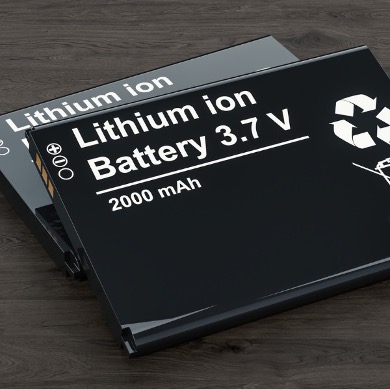Powering electric vehicles with Lithium-ion batteries
Batteries enable the evolution from fossil fuel driven combustion vehicles to emission-free electrified passenger cars and trucks for goods transportation. Looking at the future, they may also deploy a path for the de-carbonisation of ships and aircrafts.
The current leading technology for high energy density, power delivery and lifetime are lithium-ion batteries. Lithium-ion batteries rely heavily on PFAS. Fluorochemicals are present in the electrolyte to function as a conductive salt, as performance enhancing additives, as safety additives; fluoropolymers act as a binder of the positive electrode material (cathode) for enhanced energy density and lifetime; on the separator as mechanical stabiliser; as a high-performance gasket for sealing the reactive interior from the environment and vice versa.
Fluorochemical materials are inevitable to a lithium-ion battery nowadays
There are no suitable technological alternatives for the battery industry. The oxidation stability of fluorinated polymers enables their use in cathode materials, and are also fit for purpose for future materials which are more sustainable, less expensive, and less dependent on critical raw materials such as cobalt. Electrode coatings with fluoropolymer binders ensure a longer use and better densification to achieve a higher energy density. Within the electrolyte, fluorinated materials are tailored to fit the application and allow the usage at low and high operational temperature or foster high power delivery.
As a fully charged battery tends to self-discharge and have internal chemical side reactions, adding fluorinated additives to the electrolyte allows the formation of protective layers on the electrodes.
Fluorochemical materials are fit for future batteries
Inherent stable electrolyte components, e.g. by fluorination, can provide even a larger usability for future high energy batteries. All those measures ensure a long lifetime, which reduces total cost of ownership and cradle-to-cradle carbon dioxide emissions.

